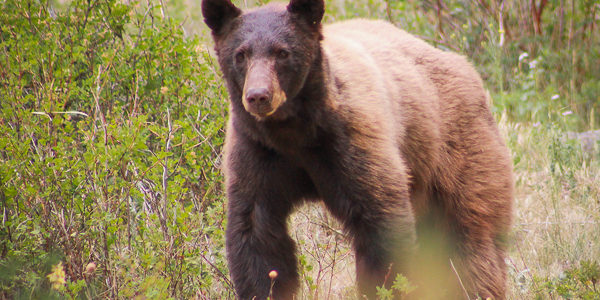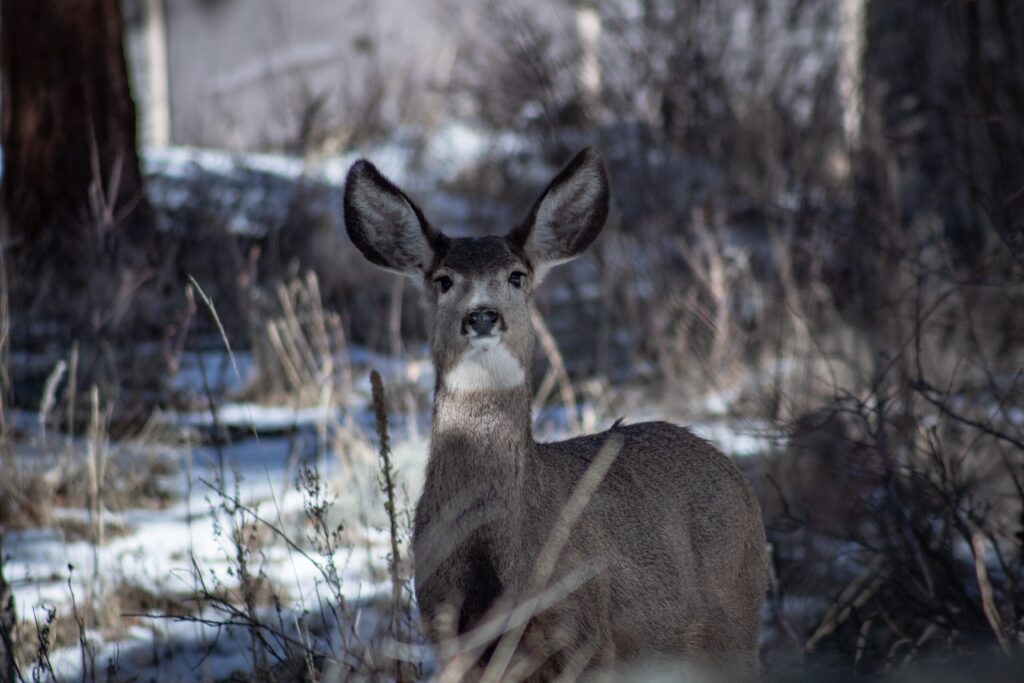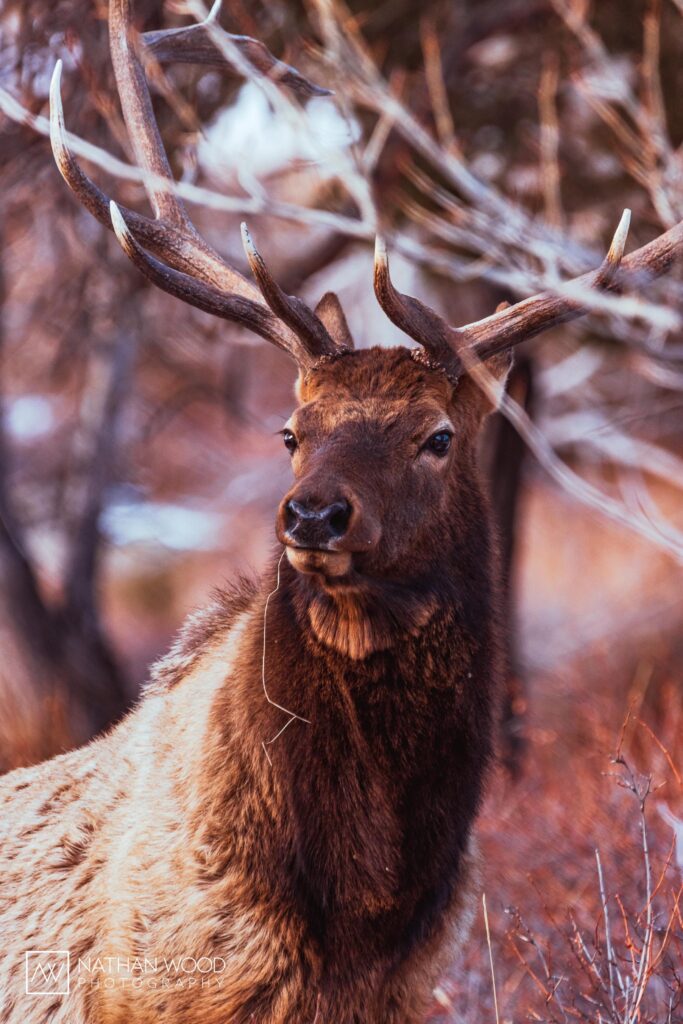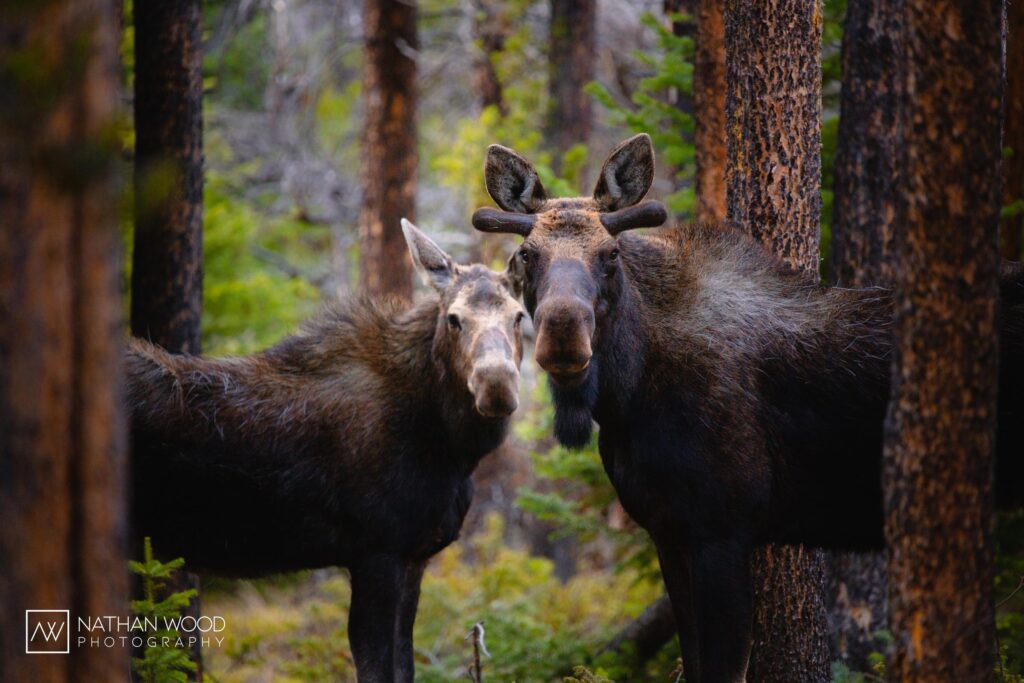Bears! Rocky Mountain National Park is home for anywhere between 20-30 black bears, with Grizzlies no longer existing in Colorado. And while they are sparse, there are a few things you can do to keep yourself and the bears safe on your next visit to Castle Mountain Lodge and the Rocky Mountains.
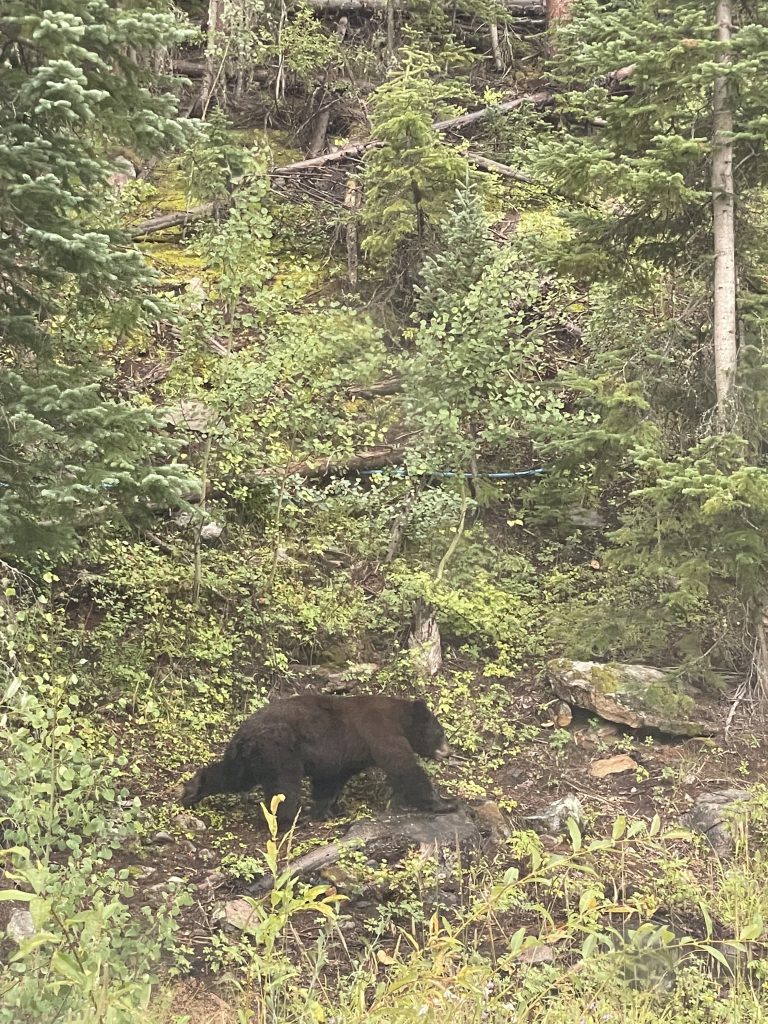
Black bears generally keep to themselves but if you happen to see one, do not approach. Stand where you are, make yourself look tall, and make a lot of noise. They should run away almost immediately as they prefer not to interact with people or make a big fuss of things.
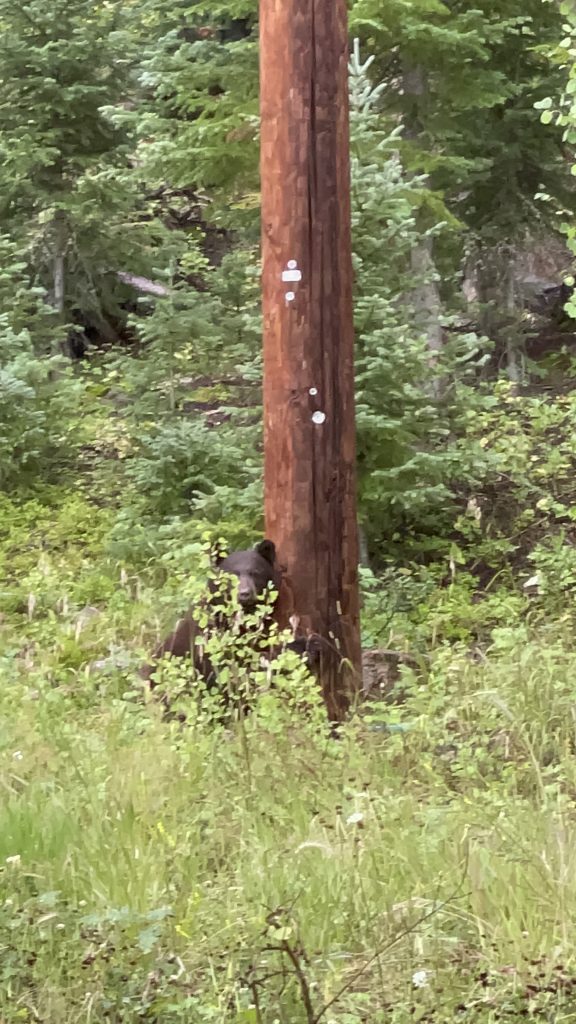
Bears have also figured out how to use door handles on vehicles and other doors without knobs, so be sure to clear out your car of any smelly foods or items and lock your doors at night. As soon as the bear realizes it can’t open the door, it will leave you and your stuff alone.
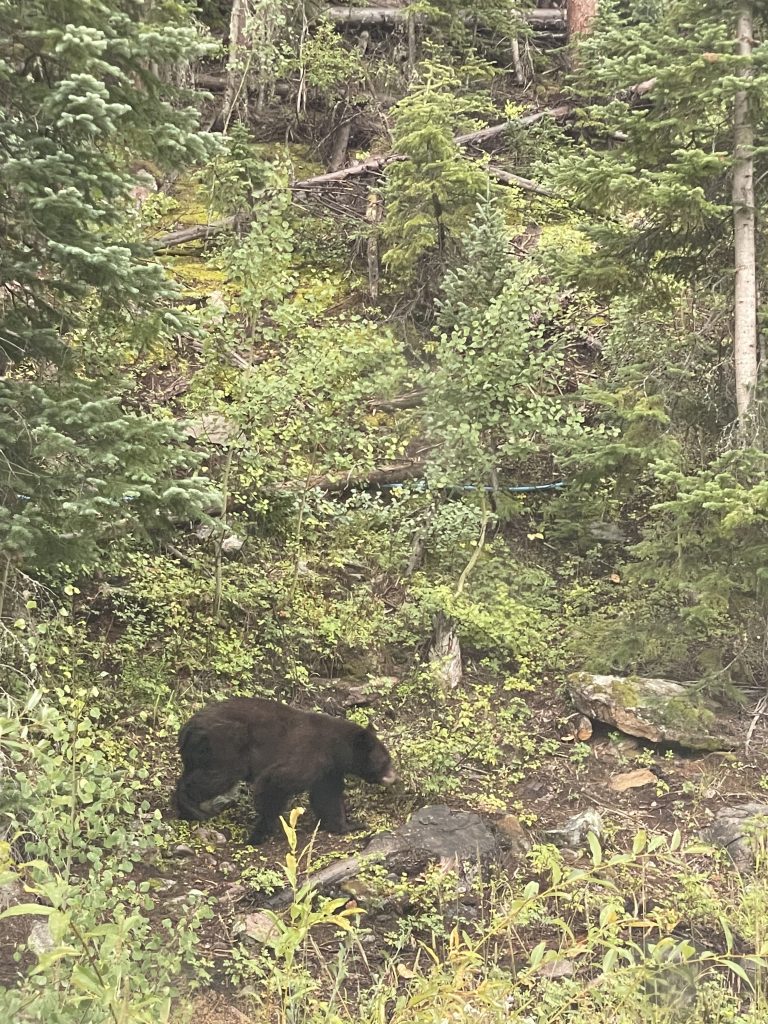
While bears may seem intimidating, they are, in fact, incredibly timid. If you are not bothering them then they won’t bother you. Stay safe and respectful of the wildlife while you visit and ensure a harmonious visit for everyone by doing the research on local wildlife necessary before you travel.
You can read up more on Black Bears and what you can do to keep yourself and them safe here on the National Park Service’s webpage.
And you can read up more on the wildlife we see at the lodges here on our website.

